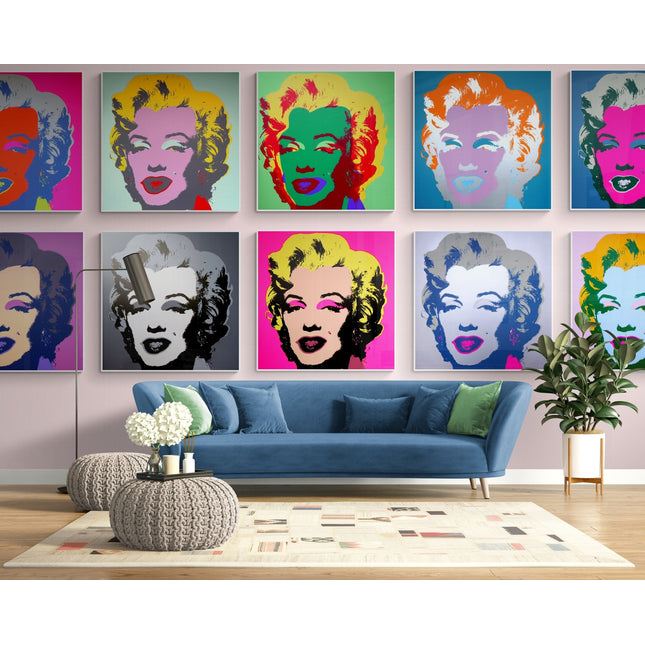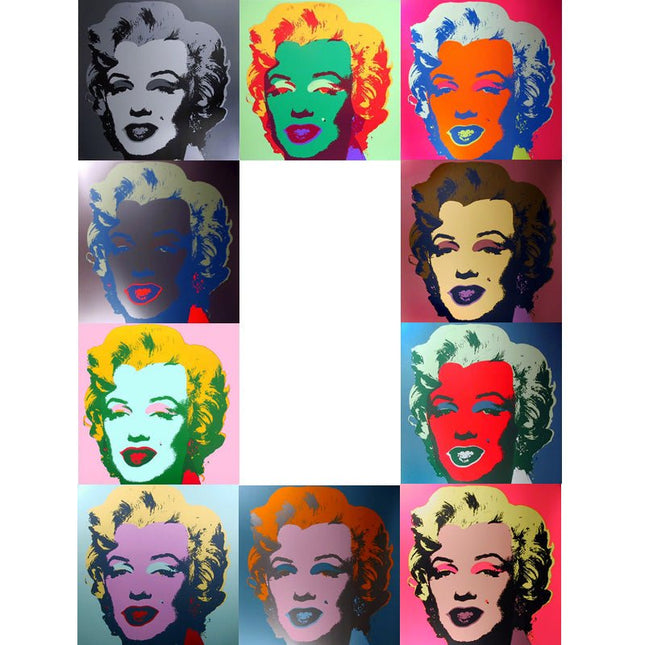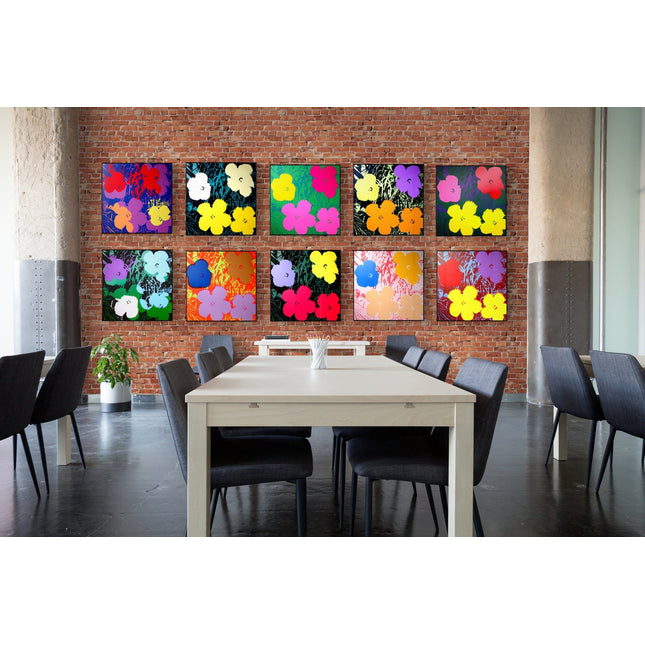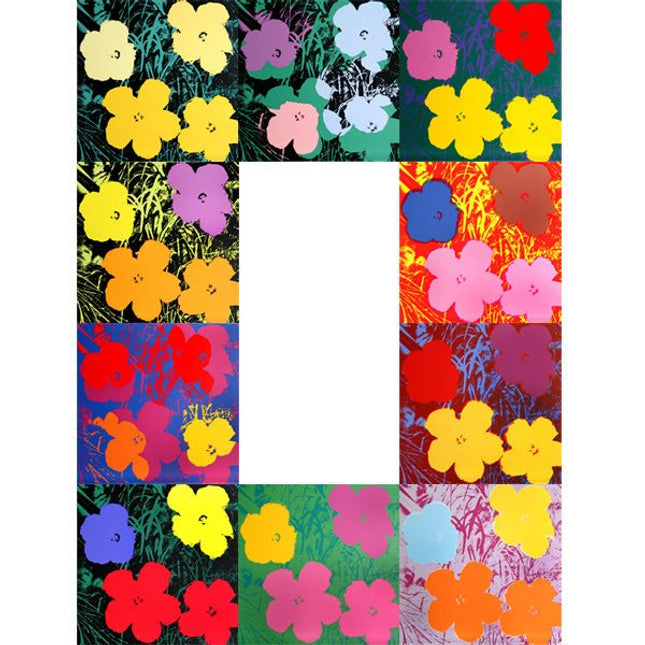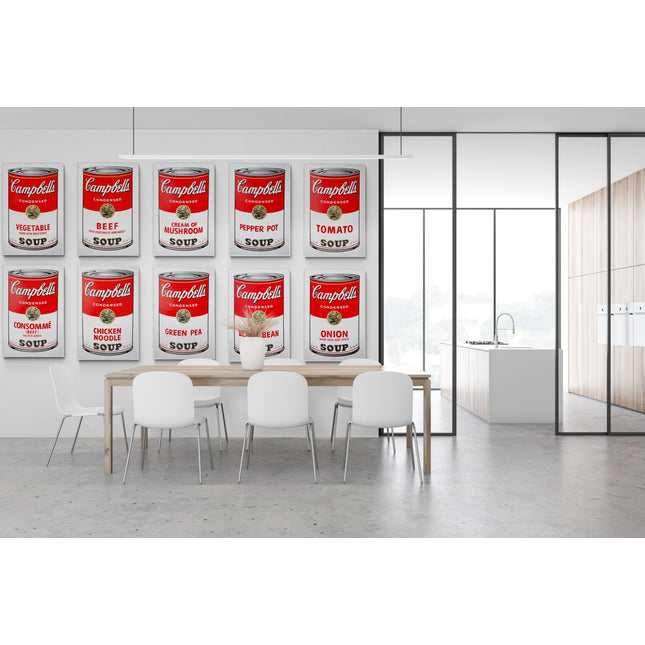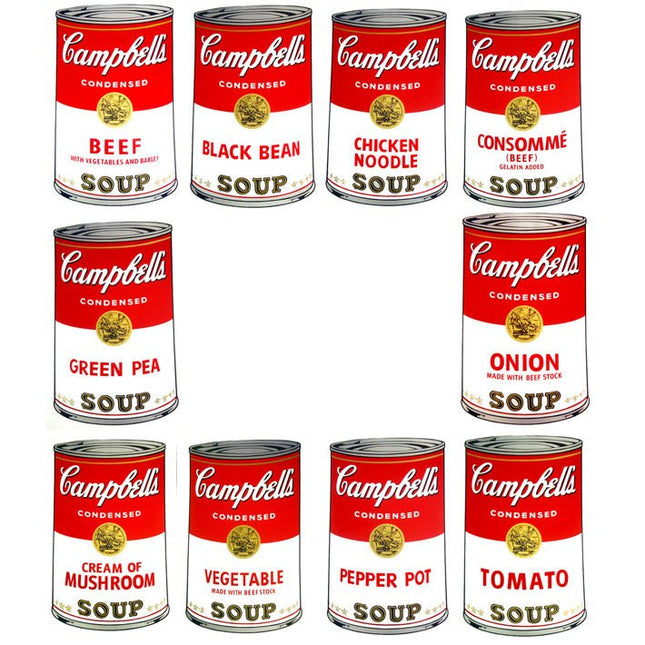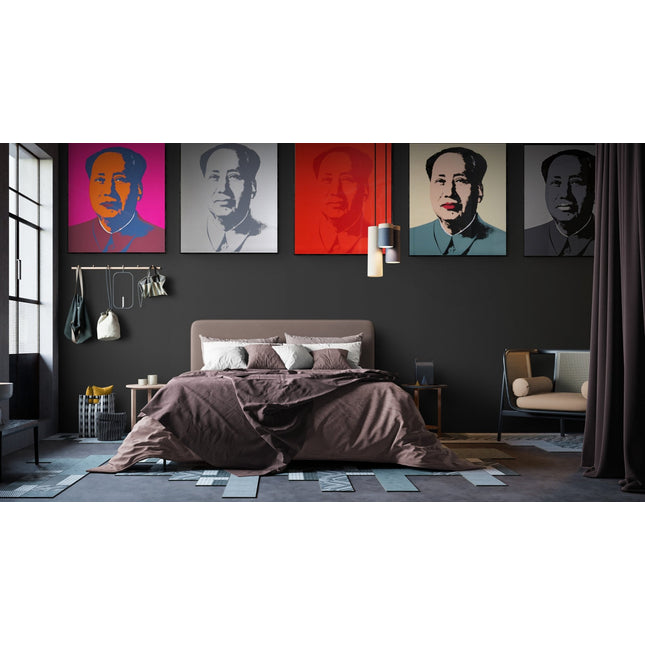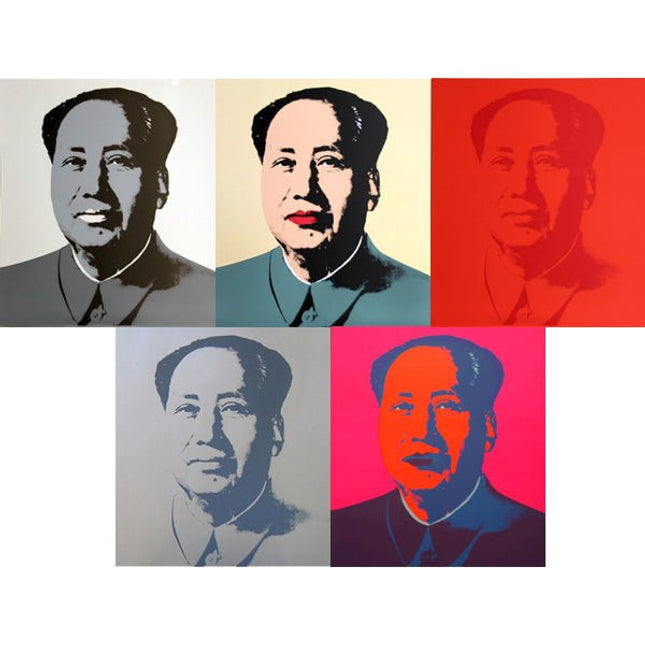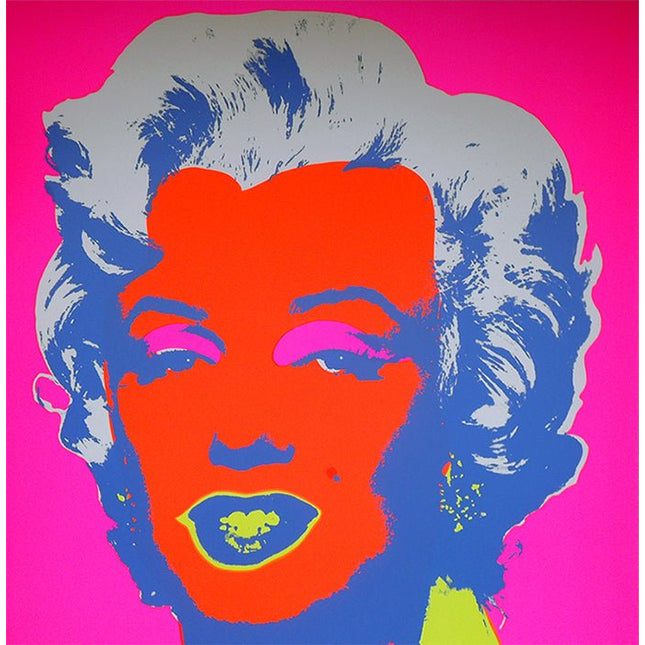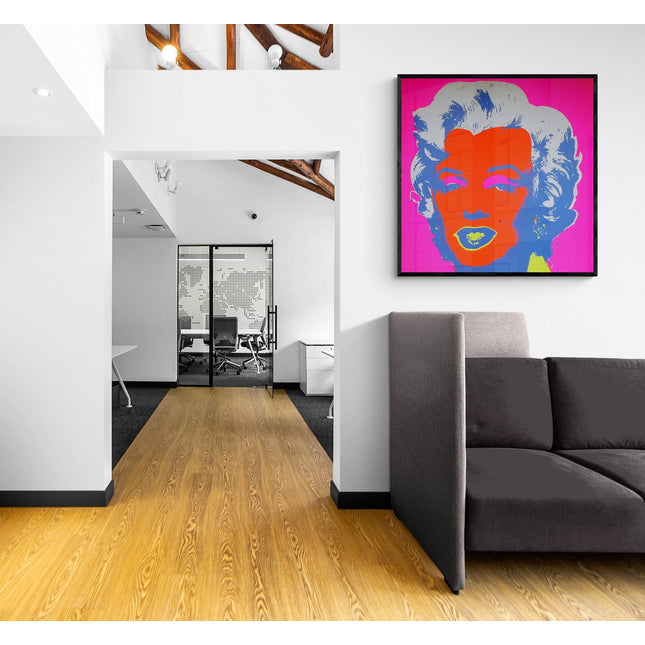Flowers YP x Andy Warhol
550,00 EUR
Date of creation: 2024
Medium: PVC or Silicon piping with LED lights mounted on recycled acrylic board
Edition: Open
Size: 52 x 52 cm
Condition: Brand new
Warhol was inspired by a photograph of hibiscus flowers published in Modern Photography magazine. Although the image was initially realistic,... Read more Read more
1 in stock. Delivered in 1 to 2 weeks
Shipping Rates
Spain: 15.00 €
European Union, UK & Canary Islands: 45.00 €
Europe (non-EU): 58.00 €
USA & Canada: 98.00 €
Rest of the world: 115.00 €
Shipping & Returns
Shipping
We have developed extremely safe packings to ensure safe deliveries.
Check out the tracking info of your order and know when it will be delivered.
All shippings are 100% insured.
Returns Policy
After the artwork has been received, if you are not fully satisfied, you have a 14-day return period. In this case, you must send the article to the address we provide. After the goods are received and their condition verified, we will refund you.
Share with your friends Share WhatsApp Deel Tweet Pin it Email





